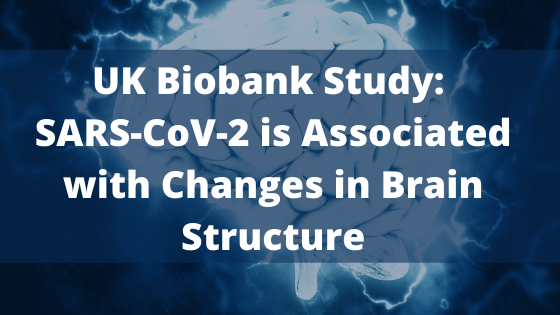There is strong evidence for brain-related abnormalities in COVID-19. It remains unknown however whether the impact of SARS-CoV-2 infection can be detected in milder cases, and whether this can reveal possible mechanisms contributing to brain pathology.

A study was done where researchers investigated brain changes in 785 UK Biobank participants (aged 51–81) imaged twice, including 401 cases who tested positive for infection with SARS-CoV-2 between their two scans, with 141 days on average separating their diagnosis and second scan, and 384 controls. The availability of pre-infection imaging data reduces the likelihood of pre-existing risk factors being misinterpreted as disease effects. They identified significant longitudinal effects when comparing the two groups, which includes:
- greater reduction in grey matter thickness and tissue-contrast in the orbitofrontal cortex and parahippocampal gyrus,
- greater changes in markers of tissue damage in regions functionally-connected to the primary olfactory cortex, and
- greater reduction in global brain size
Click to read more.
